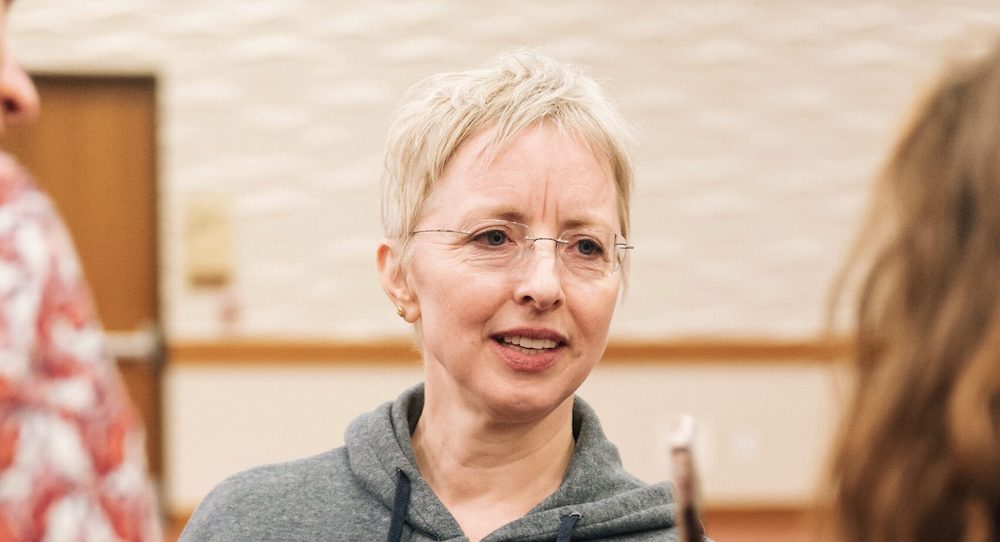In William Forsythe’s Artifact, dancer Dana Caspersen carves through space as though it is made of matter. Caspersen is a fierce talent as a performer, manifesting the athleticism and pioneering style Forsythe dancers are renowned for. Caspersen created and performed with Forsythe for 40 years. Her work with The Forsythe Company and Ballet Frankfurt has been recognised by her peers with a Bessie Lifetime Achievement Award. These days, you can see her extraordinary power, expressiveness and precision as a dancer in videos online. As if an extraordinary career working with one of the most significant 21st century choreographers were not enough, Caspersen has since refocused her creative force into conflict. She describes herself as a conflict engagement specialist.

“I am not personally performing anymore, but I do work a lot with artists and arts organisations,” Caspersen explains. “Especially around conflict. Conflict is one part of the spectrum of communication. How do we enable possibility in places where things feel stuck and impossible?”
In this sense, “the way that artists work inspires me,” Caspersen says. “It anticipates transformation; it expects it every day. Artists also have a practice of working together on a daily basis on really functional things. This mindset of – okay, we don’t know where we are, and we are not sure of the pathways forward, let’s start out and figure out what we are doing. It is the mindset of an artist of saying – what might be possible? and what might it be like to practice moving in that direction?“

Conflict Is An Opportunity: 20 Fundamental Decisions for Navigating Difficult Times (Rowman & Littlefield Publishers 2025) is Caspersen’s second book in the area of conflict engagement.
“When I started thinking about conflict, I kept my two practices in dance and conflict separate,” says Caspersen. “Because I thought they would weaken each other. I started to notice how I was ignoring space. How to shape an event and how to organise space, in a way that didn’t perpetuate stiffness. And I thought, What have I thrown out? Now I work a lot with what I term ‘choreographic thinking’, how we shape an event keeping in mind the body’s capacity for understanding information that is not right away available for the conscious mind. How we shape the physical space for that.”
Caspersen adds, “When I first started working in conflict, I got really exhausted. I was soaking up anger and fear, and all the things you absorb in conflict and I went back to my teachers. They had somatic practices that I have found helpful. Before I do any work with anybody, I think – I can do my work, they can do their work. That’s where you get burnt out, when you try to do someone else’s work. Let them do their work.”

Caspersen has been working in conflict now for 15 years. Through her work, she developed techniques that used choreographic thinking to work with conflict. Conflict Is An Opportunity uses applied choreographic reflections or actions to work with conflict and conflict concepts. “People can get stuck,” says Caspersen. “I did a lot of reading. I amassed a lot of information. Much like you do in the studio, I started to sort the mass of information.”
Caspersen normalises conflict, and removes the need to avoid it. “To have a conflict culture, one of the most important things is to build that capacity together. What happens at the beginning of a process is that we talk about what we will do if there are problems. It is okay to bring up problems. You are not going to be punished. It is information that is going to help to create a more creative environment.”
For more information and to order the book, visit www.danacaspersen.com.
By Tamara Searle of Dance Informa.

















